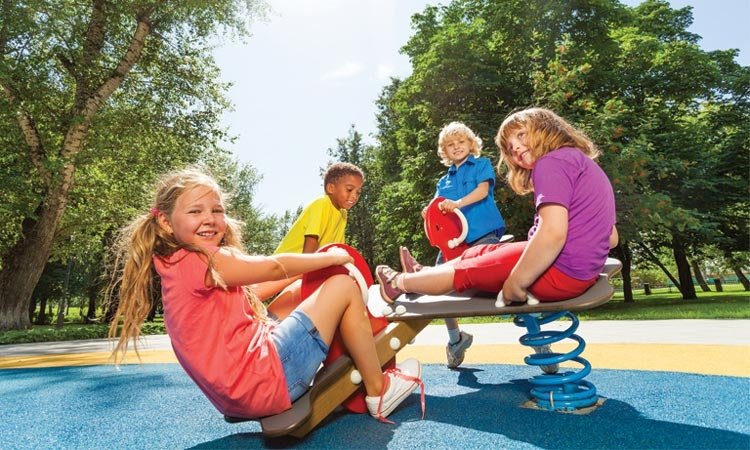For years I monitored children during recess and playground activities. Between all the running, jumping, rowdiness, and good-natured play, someone would often end up getting run into, tripped, shoved, etc.
Often the child who had caused the accidents would immediately raise his or her hands and say, “It’s not my fault” or “I didn’t do it on purpose!” But of course, establishing guilt wasn’t the immediate priority. The most important issue is the welfare of the “injured” one.
I saw this scene play out so many times that I finally realized that most of us have to learn empathy. It doesn’t come naturally. The children were confusing “I’m sorry” with an admission of guilt, and since they hadn’t harmed anyone on purpose, they didn’t feel the need to feel sorry for them. But in life, like on the playground, we sometimes inadvertently hurt someone and need to apologize.
We may have reasons. Maybe we didn’t realize, we didn’t think things through, we didn’t consider the implications of our actions. Maybe there were extenuating circumstances, misunderstandings, others involved. Every story has at least two sides. The problem is that when we say, “I’m sorry, but let me explain…” we’re usually turning the focus on ourselves instead of the one we’ve hurt. Then we become the victim of a misunderstanding. It’s sometimes helpful to offer clarifications if we can and give our side of the story. But first things first—did someone get hurt? An apology spoken with sincerity contains a healing balm.
Back to the playground. Another lesson I learned from 35 years of working with children—if we’re quick to apologize, the other side is usually quick to forgive. That’s the best part.
